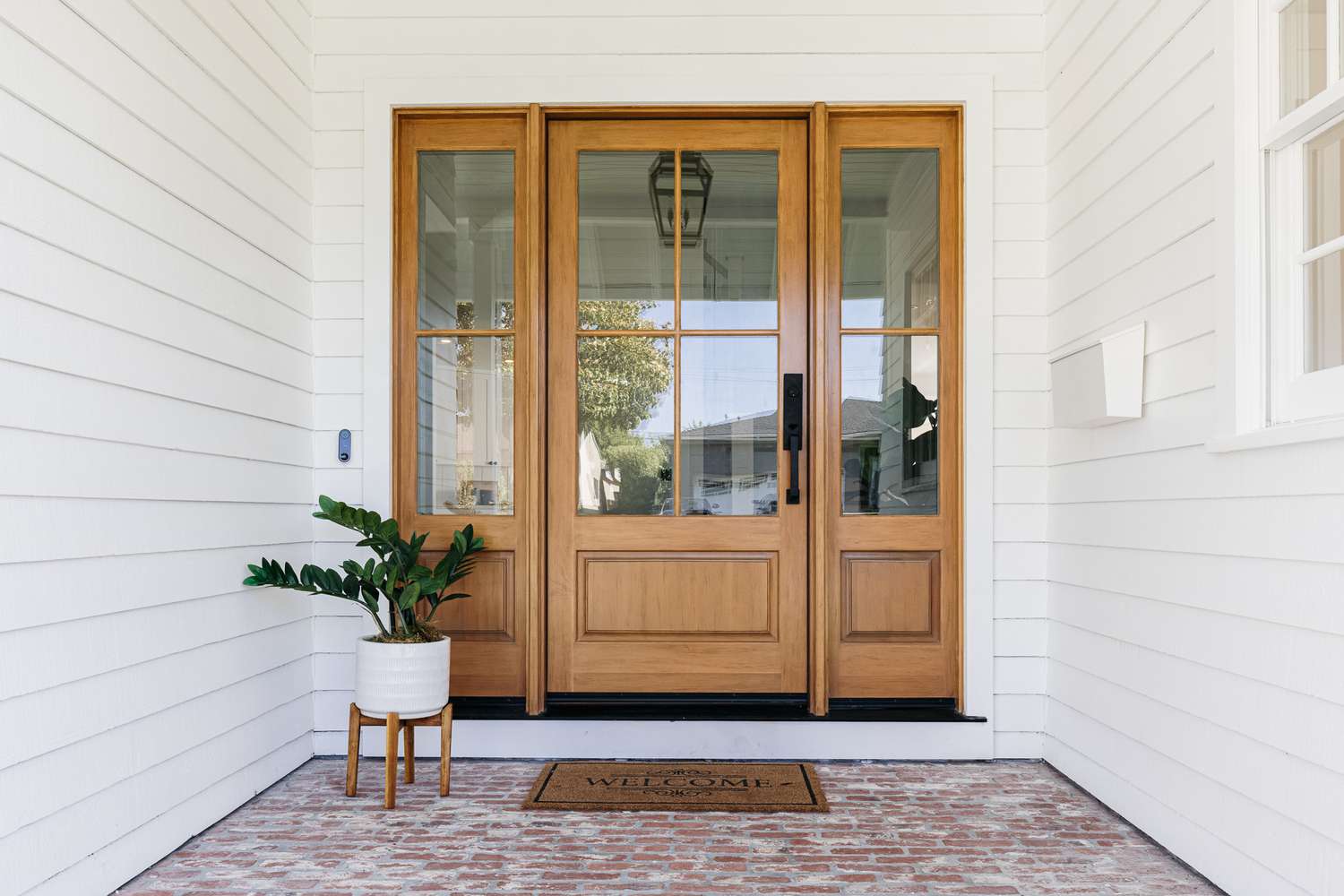

Articles
Your Guide To Styles And Types Of Doors
Modified: September 1, 2024
Discover different styles and types of doors in our comprehensive guide. Get expert advice and explore articles on door designs, materials, and more.
(Many of the links in this article redirect to a specific reviewed product. Your purchase of these products through affiliate links helps to generate commission for Storables.com, at no extra cost. Learn more)
Introduction
Doors are an essential part of every building, serving as both functional and aesthetic elements. They provide security, privacy, and noise reduction while contributing to the overall design and style of a space. Whether you are building a new home or renovating an existing one, choosing the right style and type of door is crucial to create a cohesive and visually appealing environment.
In this comprehensive guide, we will explore various styles and types of doors to help you make an informed decision. From traditional to modern, from French to sliding doors, we will delve into the characteristics and benefits of each option. So, let’s get started and discover the perfect door that suits your style and needs.
Key Takeaways:
- Embrace the Timeless Elegance or Modern Sleekness
Whether you prefer traditional doors exuding heritage or modern doors offering contemporary aesthetics, each style brings unique benefits to enhance your space’s ambiance and functionality. - Create a Seamless Connection with Style
From French doors maximizing natural light to sliding doors optimizing space, each door type offers a distinctive blend of functionality, aesthetics, and design flexibility to elevate your home or office environment.
Read more: Your Guide To Troubleshooting Door Problems
Section 1: Traditional Doors
Traditional doors exude a timeless charm and elegance, making them a popular choice for homes with classic, rustic, or traditional architectural styles. These doors typically feature panel designs with raised or recessed panels and often incorporate decorative moldings or glass accents. There are several types of traditional doors to consider:
- Panel Doors: Panel doors are the epitome of traditional style, with their classic look and solid construction. They consist of vertical stiles and horizontal rails that frame individual rectangular panels, creating a strong and sturdy door. Panel doors can have different numbers of panels, ranging from a single panel to multiple panels, offering versatility in design.
- Dutch Doors: Dutch doors are a unique variation of traditional doors that are divided horizontally in the middle, allowing the top and bottom halves to operate independently. They originated in the Netherlands and were initially used in farmhouses to keep animals out while letting fresh air in. Dutch doors are not only functional but also add a charming touch to any home.
- Solid Wood Doors: Solid wood doors are crafted from a single piece of wood, providing exceptional durability and strength. They showcase the natural beauty of wood and can be customized with various stains and finishes to match your desired aesthetic. Solid wood doors have a rich, authentic feel that adds warmth and character to any space.
Traditional doors offer a sense of heritage and timelessness, making them a great choice for homeowners who appreciate the classic beauty and craftsmanship of traditional architecture. Whether you prefer the simplicity of panel doors or the functionality of Dutch doors, traditional doors can enhance the overall aesthetic of your home.
Section 2: Modern Doors
For those seeking a contemporary and sleek look, modern doors are the perfect choice. With clean lines, minimalist designs, and innovative materials, modern doors can transform any space into a modern oasis. Let’s explore some popular types of modern doors:
- Flush Doors: Flush doors are minimalistic in style, featuring a flat, smooth surface with no visible panels or moldings. They blend seamlessly with modern interiors, creating a clean and streamlined look. Flush doors are typically made of composite materials or veneers, offering durability and a wide range of design options.
- Glass Doors: Glass doors are a hallmark of modern design, allowing natural light to flow through and creating a sense of openness. These doors can be fully or partially made of glass, with options for frosted, etched, or tinted glass for added privacy. Glass doors are often used for interior spaces such as office rooms, living rooms, or as entrance doors for modern homes.
- Sliding Glass Doors: Sliding glass doors are highly sought-after for their ability to seamlessly connect indoor and outdoor spaces. They feature large glass panels that slide horizontally along a track, providing easy access to patios, decks, or gardens. Sliding glass doors not only maximize natural light but also offer stunning views and a contemporary aesthetic.
- Pivot Doors: Pivot doors are a statement-making option that adds a touch of drama to any modern space. Instead of traditional hinges, pivot doors rotate around a central pivot point, creating a striking visual effect. These doors are often oversized, making them an architectural focal point that enhances the modern style.
Modern doors are designed to make a bold and forward-thinking statement, offering a blend of functionality and aesthetic appeal. Whether you choose flush doors for their simplicity or sliding glass doors for their seamless integration with the outdoors, modern doors can elevate the look and feel of your home or office space.
Section 3: French Doors
French doors are renowned for their timeless elegance and classic beauty. Originating from 17th-century France, these doors are characterized by their multiple glass panels that extend for the entire length of the door. French doors are known for their ability to bring in abundant natural light and create an open, airy atmosphere. Let’s explore some key features and benefits of French doors:
- Design: French doors typically consist of two individual doors hinged on the sides and opening either inward or outward. They feature multiple glass panels, divided by muntins, which are horizontal and vertical strips of wood or metal. The glass panels allow for unobstructed views and provide a seamless connection between indoor and outdoor spaces.
- Enhanced Natural Light: French doors are designed to maximize the flow of natural light into a room. The large glass panels allow sunlight to filter through, creating a bright and welcoming ambiance. This not only reduces the need for artificial lighting but also brings a sense of vitality and warmth to the living space.
- Indoor-Outdoor Flow: French doors serve as a beautiful transition between indoor and outdoor areas. When opened, they provide easy access to patios, gardens, or balcony areas, allowing for a seamless flow between the interior and exterior spaces. This is especially beneficial for entertaining guests or enjoying a breath of fresh air.
- Versatility: French doors are versatile and can be incorporated into various architectural styles, from traditional to contemporary. They are available in different materials, such as wood, fiberglass, or metal, allowing you to choose the option that best suits your preferences and complements your existing decor.
French doors add a touch of sophistication and charm to any home. Their ability to bring in natural light and create a sense of openness makes them a popular choice for living rooms, dining areas, or even as entryway doors. Whether you have a traditional or modern interior, French doors can enhance the overall aesthetic and create a seamless connection with the outdoors.
Section 4: Sliding Doors
Sliding doors are a popular choice for those looking to maximize space and create a modern, streamlined look. These doors operate on a track system, sliding horizontally rather than swinging open like traditional doors. Sliding doors offer several advantages and can be a versatile addition to any home or office space. Let’s explore their key features:
- Space-Saving: One of the primary benefits of sliding doors is their space-saving design. Since they don’t require a swinging radius like hinged doors, they are an excellent option for rooms with limited space. Sliding doors are particularly useful in areas such as hallways, closets, or small rooms where every inch counts.
- Natural Light: Sliding doors often feature large glass panels, allowing natural light to flood into the room. This not only reduces the need for artificial lighting but also creates a bright and inviting atmosphere. The expansive glass area provides unobstructed views and enhances the connection between indoor and outdoor spaces.
- Easy Operation: Sliding doors operate effortlessly on a smooth track system, allowing for easy and quiet opening and closing. This makes them accessible for people of all ages and abilities. They are particularly ideal for homes with young children or older adults who may have difficulty maneuvering traditional hinged doors.
- Design Flexibility: Sliding doors come in a variety of styles and materials, allowing for design flexibility. They can feature single or multiple panels and can be made of materials such as glass, wood, or aluminum. This enables homeowners to choose the option that best suits their aesthetic preferences and complements their existing decor.
Sliding doors are not only functional but also add a modern and stylish touch to any space. Whether used as patio doors, room dividers, or closet doors, they offer convenience, versatility, and enhance the overall aesthetic. The combination of their space-saving design and ability to bring in natural light makes sliding doors a popular choice among homeowners.
When choosing a door style, consider the architectural style of your home and the functionality you need. For example, a farmhouse-style home may look best with a rustic barn door, while a modern home may benefit from a sleek, minimalist design.
Section 5: Bi-fold Doors
Bi-fold doors are a popular choice for those looking to create a seamless transition between indoor and outdoor spaces while maximizing natural light and views. These doors consist of multiple panels that fold in a concertina-like manner, allowing for a wide opening and a unique design aesthetic. Let’s explore the key features and benefits of bi-fold doors:
- Wide Opening: Bi-fold doors are designed to create a wide opening, making them ideal for connecting indoor and outdoor living areas. When fully opened, they create a seamless flow, expanding the living space and enhancing social gatherings or events. Bi-fold doors are an excellent choice for patios, decks, or any space that requires a large opening.
- Natural Light and Views: Bi-fold doors feature large glass panels, allowing abundant natural light to enter the room and offer uninterrupted views of the surroundings. This not only brightens up the living space but also creates a connection with the outdoors, bringing in a sense of tranquility and openness.
- Flexible Configuration: Bi-fold doors offer flexibility in configuration, allowing you to open only a part of the door or open it fully to create a wide opening. This adaptability enables you to control ventilation, privacy, and the level of access to the outdoor space, depending on your needs and preferences at any given time.
- Space-Saving Design: Bi-fold doors are a space-saving option as they fold neatly against the wall when opened. This eliminates the need for a swinging radius required by hinged doors, freeing up valuable floor space. Bi-fold doors are particularly beneficial for smaller rooms or areas where space optimization is essential.
Bi-fold doors offer a unique and stylish solution for homeowners who want to merge indoor and outdoor living spaces seamlessly. With their ability to bring in natural light and create a wide opening, bi-fold doors create a stunning visual effect and provide a sense of expansiveness. Whether used in residential or commercial settings, bi-fold doors are an excellent choice for those looking to enhance their living or working environment.
Section 6: Dutch Doors
Dutch doors, also known as stable doors or half doors, are a charming and practical option that adds character to any home. These doors are divided horizontally, allowing the top and bottom halves to open and close independently. Dutch doors offer unique benefits and a distinctive aesthetic that sets them apart from other door types. Let’s explore the key features and advantages of Dutch doors:
- Versatility: Dutch doors offer versatility in functionality. By opening the top half while keeping the bottom half closed, you can enjoy fresh air and natural light without compromising security or privacy. This feature is particularly useful in situations where you want to keep pets or young children inside while still allowing ventilation and a view of the outdoors.
- Traditional Charm: Dutch doors have a rich heritage and are often associated with traditional or farmhouse styles. Their distinctive appearance adds a touch of nostalgia and warmth to any home. Dutch doors evoke a sense of history and craftsmanship, making them a popular choice for those who appreciate classic designs.
- Connection with the Outdoors: Dutch doors provide a seamless connection between indoor and outdoor spaces. When both halves are open, they create an open and welcoming atmosphere, allowing for easy access to patios, gardens, or decks. This not only enhances the flow of natural light but also promotes a sense of unity with nature.
- Enhanced Security and Privacy: Dutch doors offer the benefit of enhanced security and privacy. By keeping the bottom half closed while opening the top, you can keep unwanted intruders or animals out while still enjoying fresh air and natural light. This feature is especially valuable for homes located in areas with high foot traffic or in close proximity to wildlife.
Dutch doors are a distinctive and practical choice that brings a touch of old-world charm to any home. Their versatility, traditional aesthetic, and the ability to blend indoor and outdoor spaces make Dutch doors a unique and appealing option. Whether used in kitchens, entryways, or as backdoors, Dutch doors offer a functional and visually appealing addition to any residential or commercial space.
Section 7: Pocket Doors
Pocket doors are a space-saving and innovative type of door that slide into a hidden compartment in the wall when opened. These doors are becoming increasingly popular in modern interior design due to their ability to maximize floor space and create a seamless flow between rooms. Let’s explore the key features and benefits of pocket doors:
- Space-Saving Design: Pocket doors are an excellent choice for rooms with limited floor space. Since they slide into the wall when opened, they eliminate the need for a swinging radius like traditional doors, creating more usable space. This makes pocket doors ideal for small rooms, narrow hallways, or areas where space optimization is essential.
- Flexibility of Use: Pocket doors offer versatility in functionality. They can be used to separate or connect spaces as needed. When closed, pocket doors provide privacy and sound insulation. When opened, they create a seamless flow between rooms, making them suitable for open floor plans or areas where you want to create a larger, unified space.
- Enhanced Accessibility: Pocket doors are a popular choice for individuals with mobility impairments or those who use mobility aids such as wheelchairs or walkers. The absence of a threshold and the ability to slide the door completely out of the way offer increased accessibility and ease of movement throughout the space.
- Design Flexibility: Pocket doors are available in a variety of designs, materials, and finishes, allowing for design flexibility. Whether you prefer a contemporary or traditional look, you can choose a pocket door that complements your desired aesthetic. From solid wood to glass panels, there are options to suit every style.
Pocket doors offer a practical and visually appealing solution for those looking to optimize space and create a seamless flow between rooms. Their innovative design, functionality, and design flexibility make pocket doors a popular choice in modern interior design. Whether used in residential or commercial settings, pocket doors provide an efficient and stylish solution for maximizing floor space.
Section 8: Barn Doors
Barn doors have gained popularity in recent years as a stylish and eye-catching alternative to traditional doors. Inspired by the rustic charm of barns, these doors feature a sliding mechanism that adds a unique touch to any space. Let’s explore the key features and benefits of barn doors:
- Aesthetic Appeal: Barn doors add a rustic and charming element to any interior. With their distinctive grain patterns, weathered finishes, and metal hardware, they evoke a sense of warmth and nostalgia. Barn doors are a perfect fit for farmhouse-style homes or spaces that embrace a rustic or industrial design aesthetic.
- Space-Saving Design: Barn doors slide along a track mounted on the wall, rather than swinging open like traditional doors. This space-saving design allows you to maximize the usable floor space in a room, making them an ideal choice for smaller areas or rooms where a swinging door may be impractical.
- Statement Piece: Barn doors are not only functional but also serve as a focal point in any space. Their unique design and visual impact make them a statement piece that can enhance the overall decor. Whether used as an entry door, a room divider, or a decorative element, barn doors create an eye-catching feature that adds character to the room.
- Versatility: Barn doors are available in a variety of styles, materials, and finishes, offering versatility in design. From traditional wooden doors to contemporary glass-paneled options, there are choices to suit various design preferences. Additionally, barn doors can be customized to fit different sizes and configurations, making them suitable for a wide range of spaces.
Barn doors bring a touch of rustic charm and uniqueness to any space. Whether used as interior doors for bedrooms, bathrooms, or closets, or as stylish room dividers, their distinct aesthetic and space-saving functionality make them an attractive choice. If you’re looking to add a touch of character and visual interest to your home or office, consider incorporating barn doors into your design.
Read more: Barn Doors With Style
Conclusion
Choosing the right style and type of door is essential for creating a cohesive and visually appealing space. Whether you prefer the timeless elegance of traditional doors, the sleek and modern look of sliding or bi-fold doors, the charm of French or Dutch doors, or the rustic appeal of barn doors, each option offers its unique benefits and aesthetic.
Traditional doors exude a sense of heritage and craftsmanship, while modern doors provide a contemporary and streamlined look. French doors bring in abundant natural light and create a seamless connection between indoor and outdoor spaces. Sliding doors maximize space and offer a modern aesthetic, while bi-fold doors provide flexibility and a wide opening. Dutch doors add a touch of charm and versatility, and pocket doors are an innovative solution for space optimization. Lastly, barn doors make a statement with their rustic appeal and serve as a focal point in any room.
When selecting a door, consider your preferences, architectural style, and the specific needs of your space. It’s also crucial to prioritize functionality, accessibility, and energy efficiency. With the right door choice, you can enhance the functionality, aesthetics, and overall ambiance of your home or office.
Whether you’re building a new space or renovating an existing one, take the time to explore the various door styles and types available. Consider their features, benefits, and how they complement your overall interior design. By choosing the perfect door, you can create a welcoming environment that reflects your personal style while providing practicality and visual appeal.
Frequently Asked Questions about Your Guide To Styles And Types Of Doors
Was this page helpful?
At Storables.com, we guarantee accurate and reliable information. Our content, validated by Expert Board Contributors, is crafted following stringent Editorial Policies. We're committed to providing you with well-researched, expert-backed insights for all your informational needs.
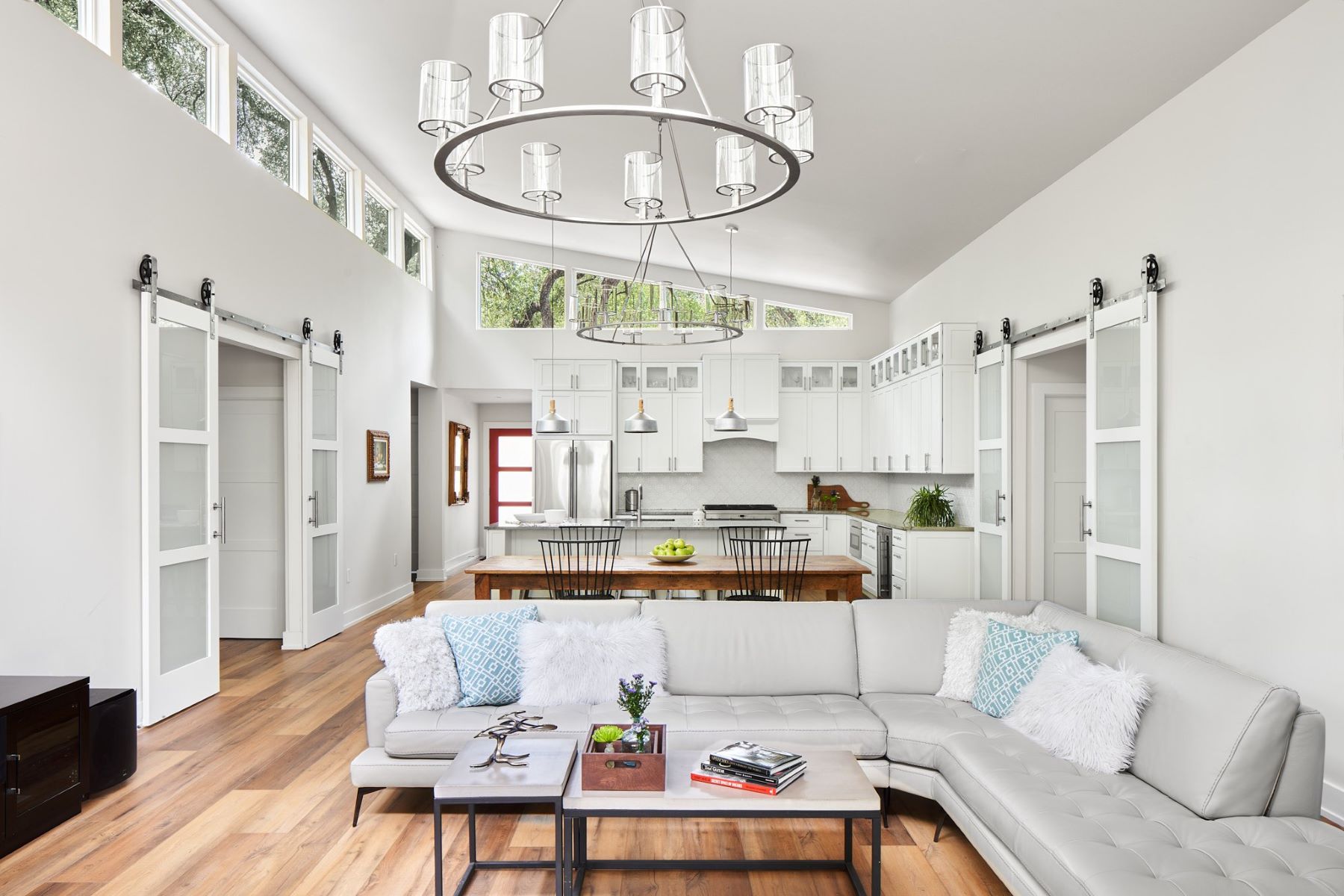
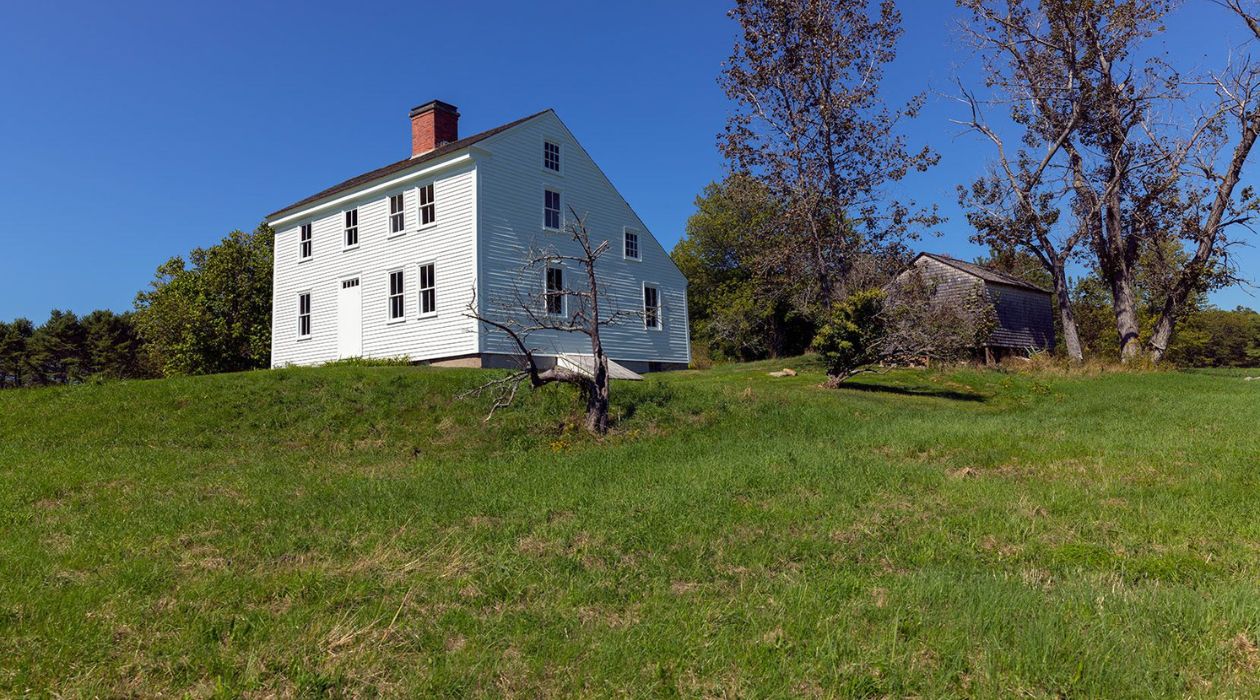
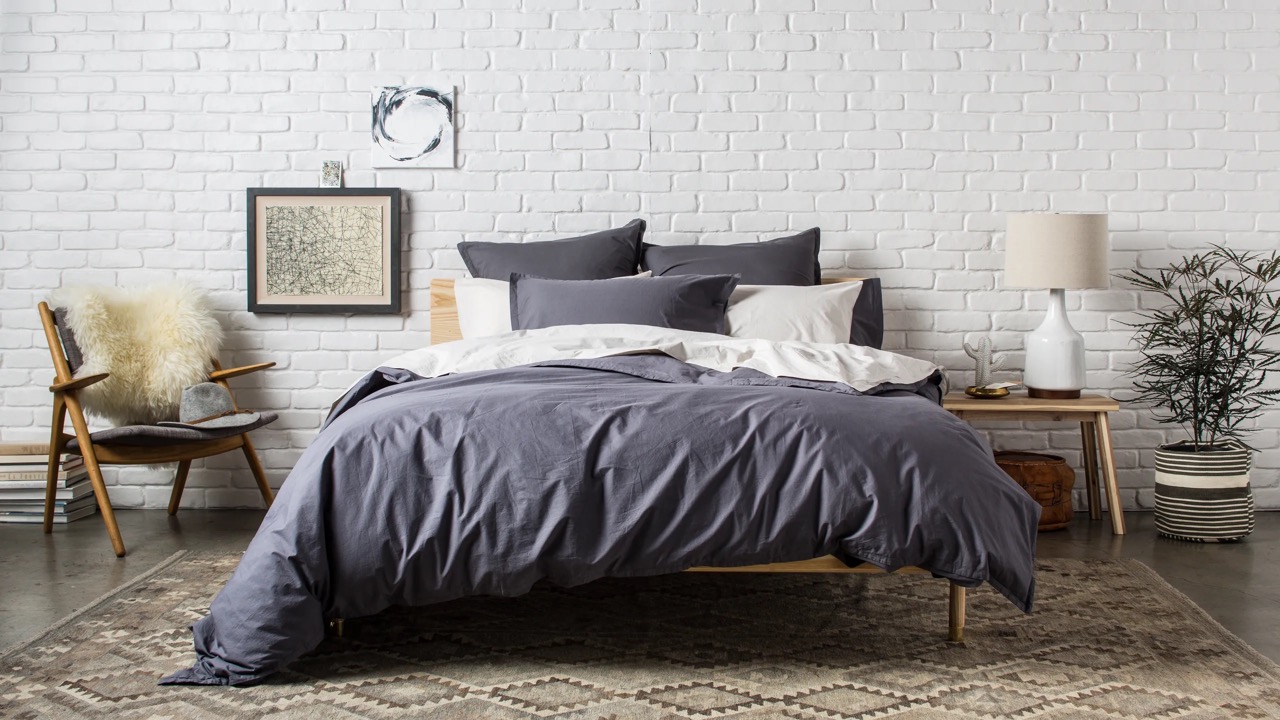
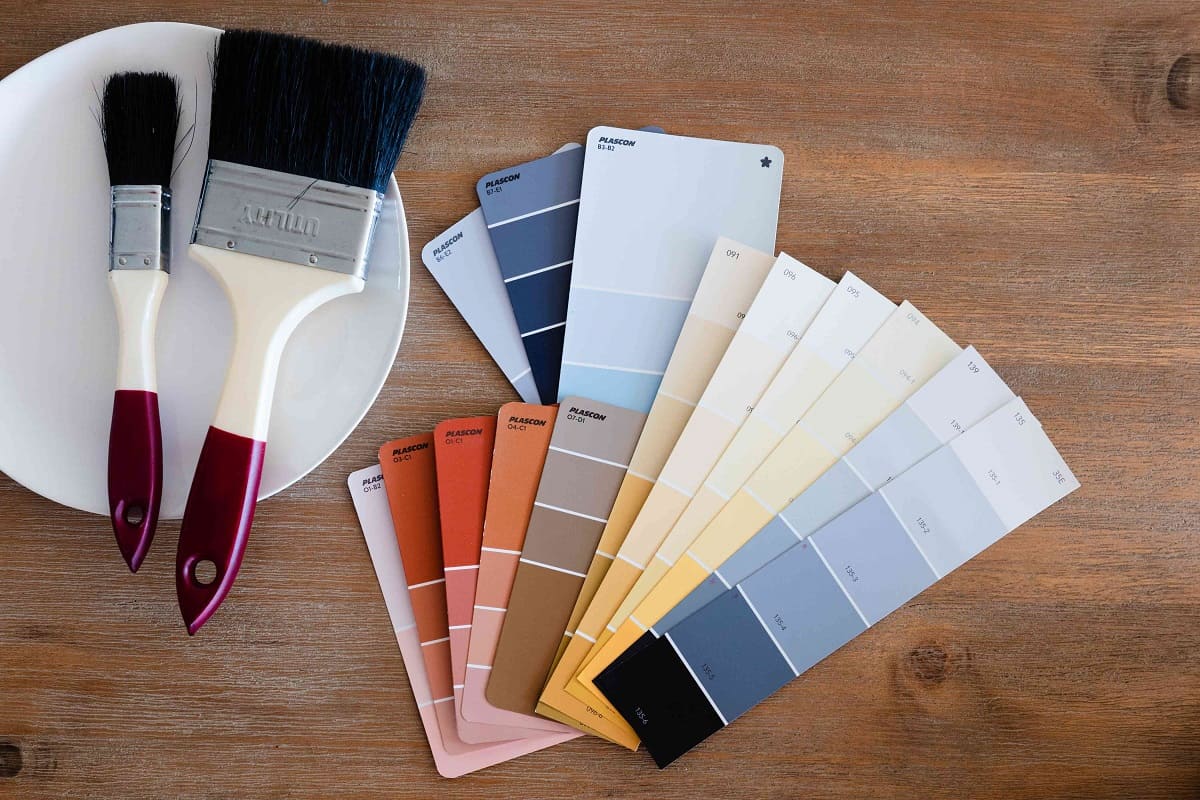
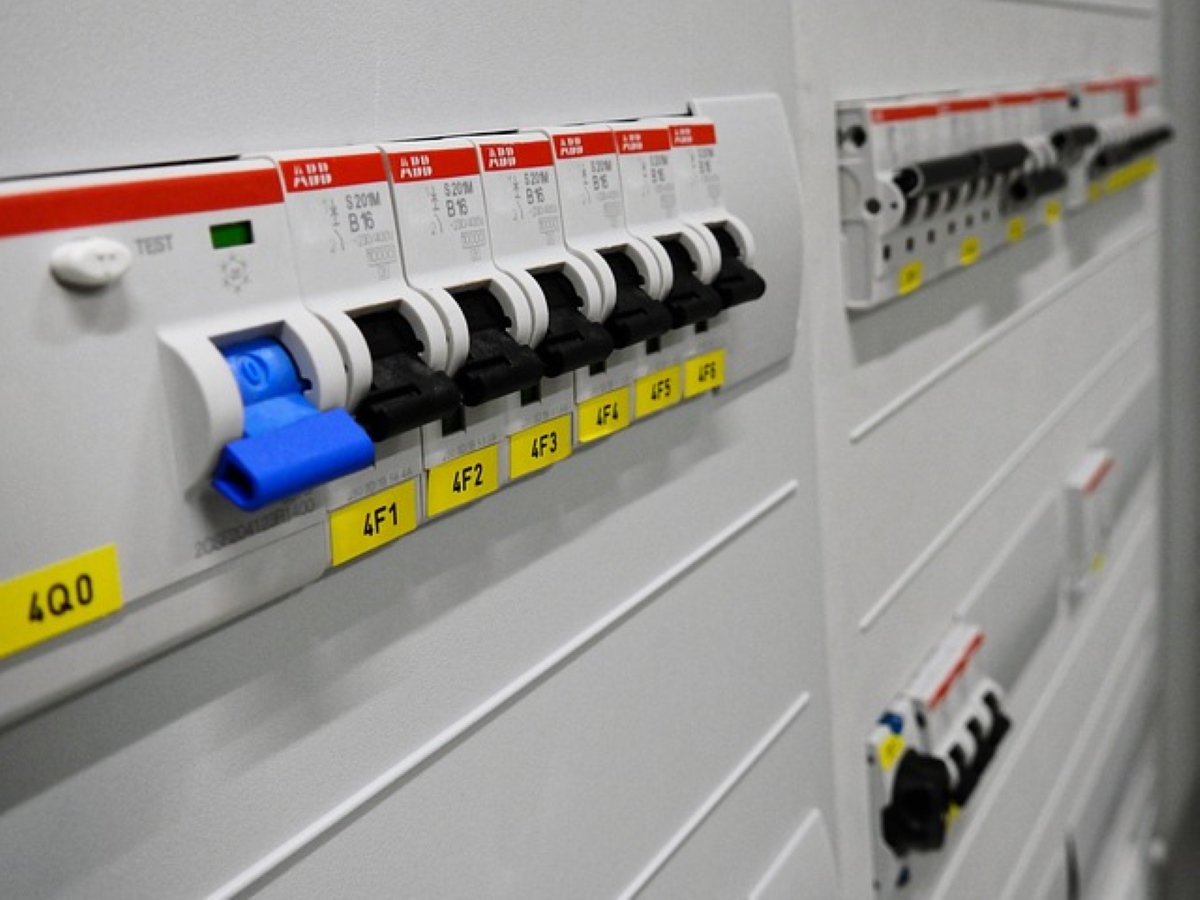
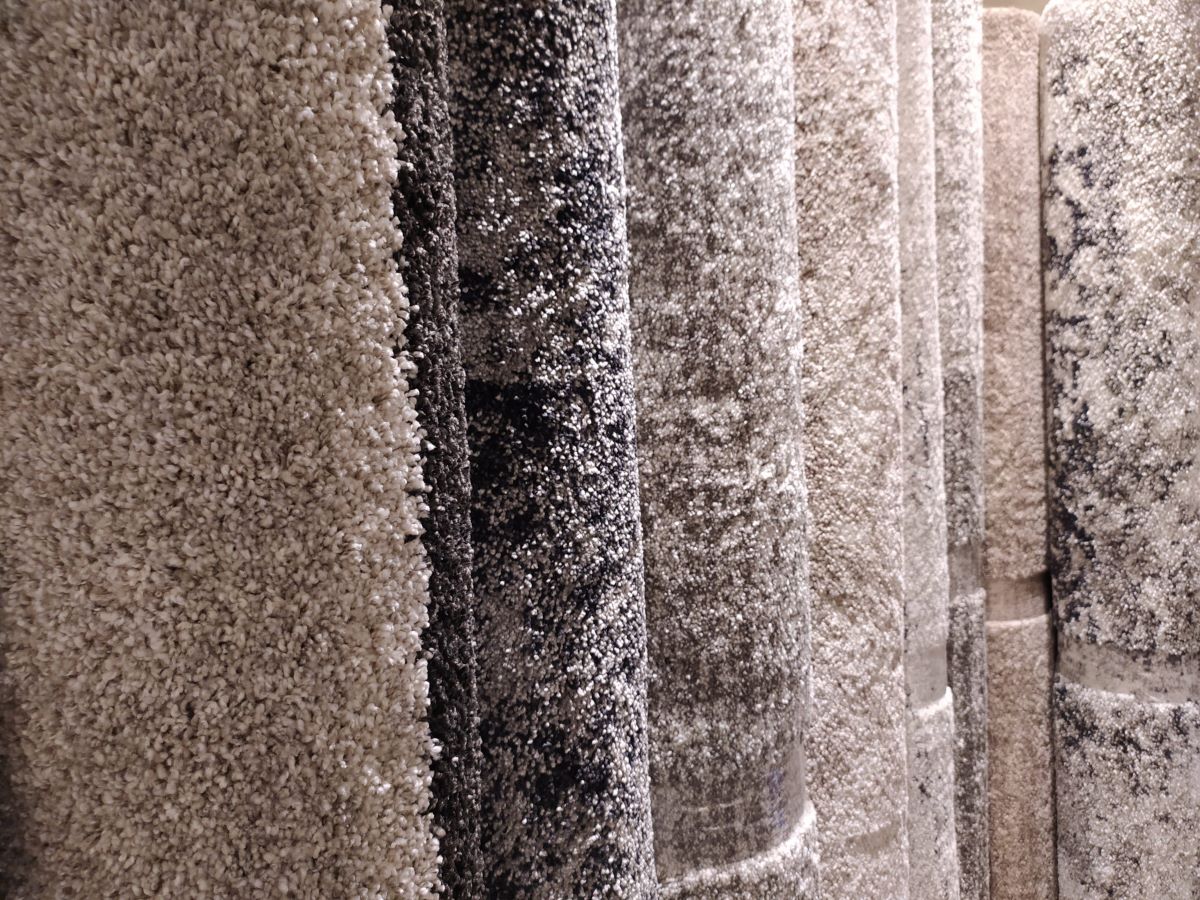
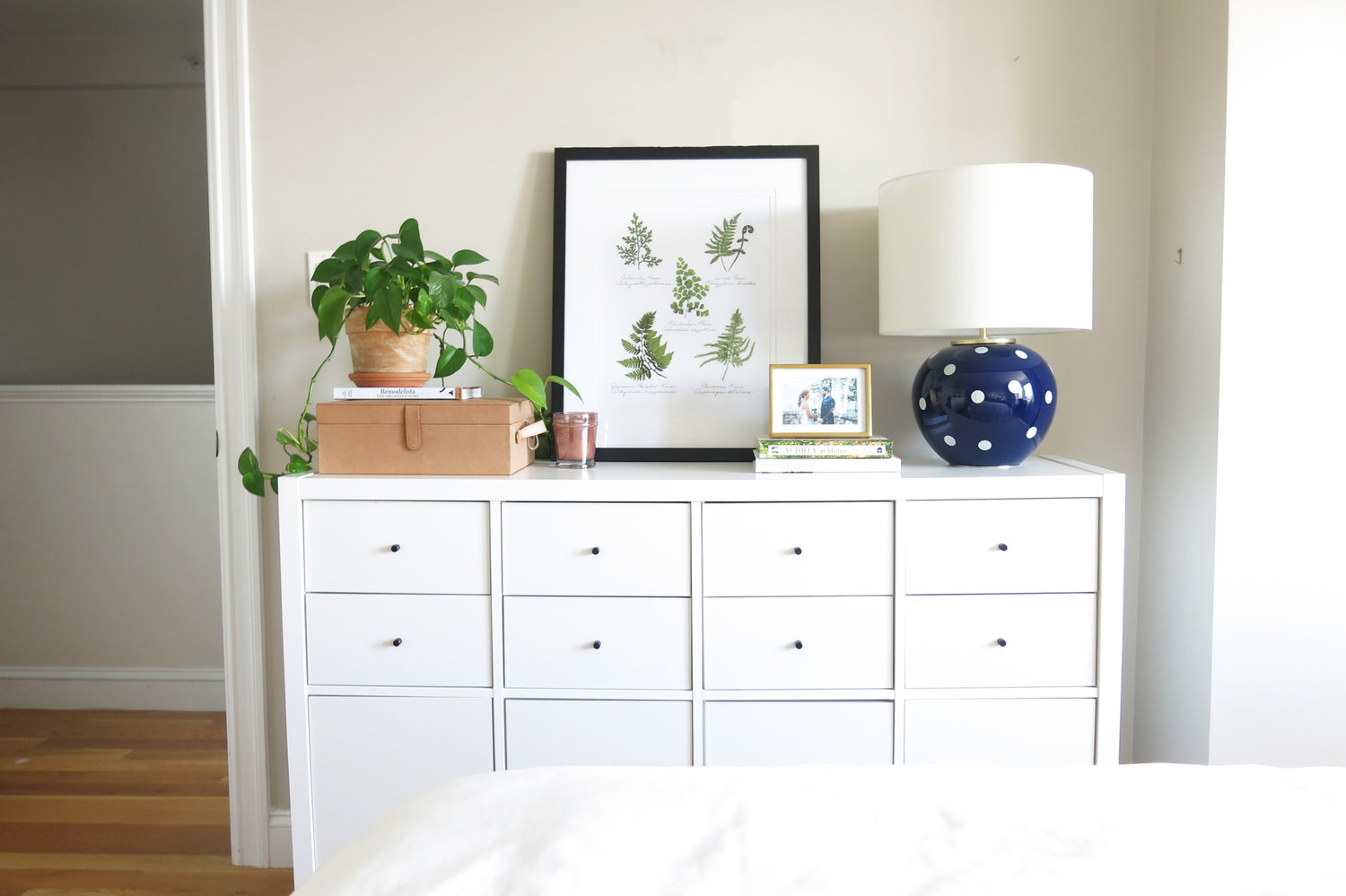
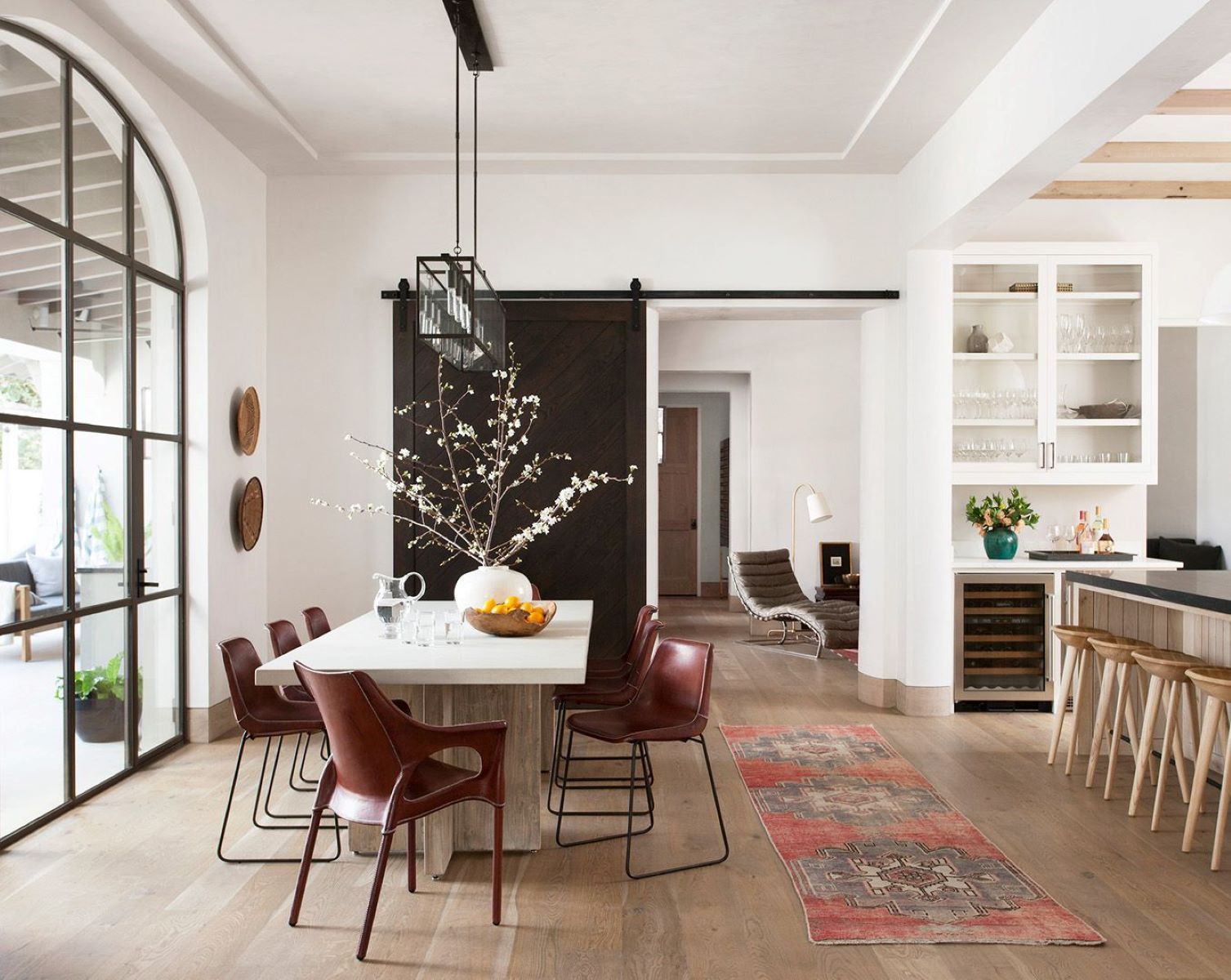
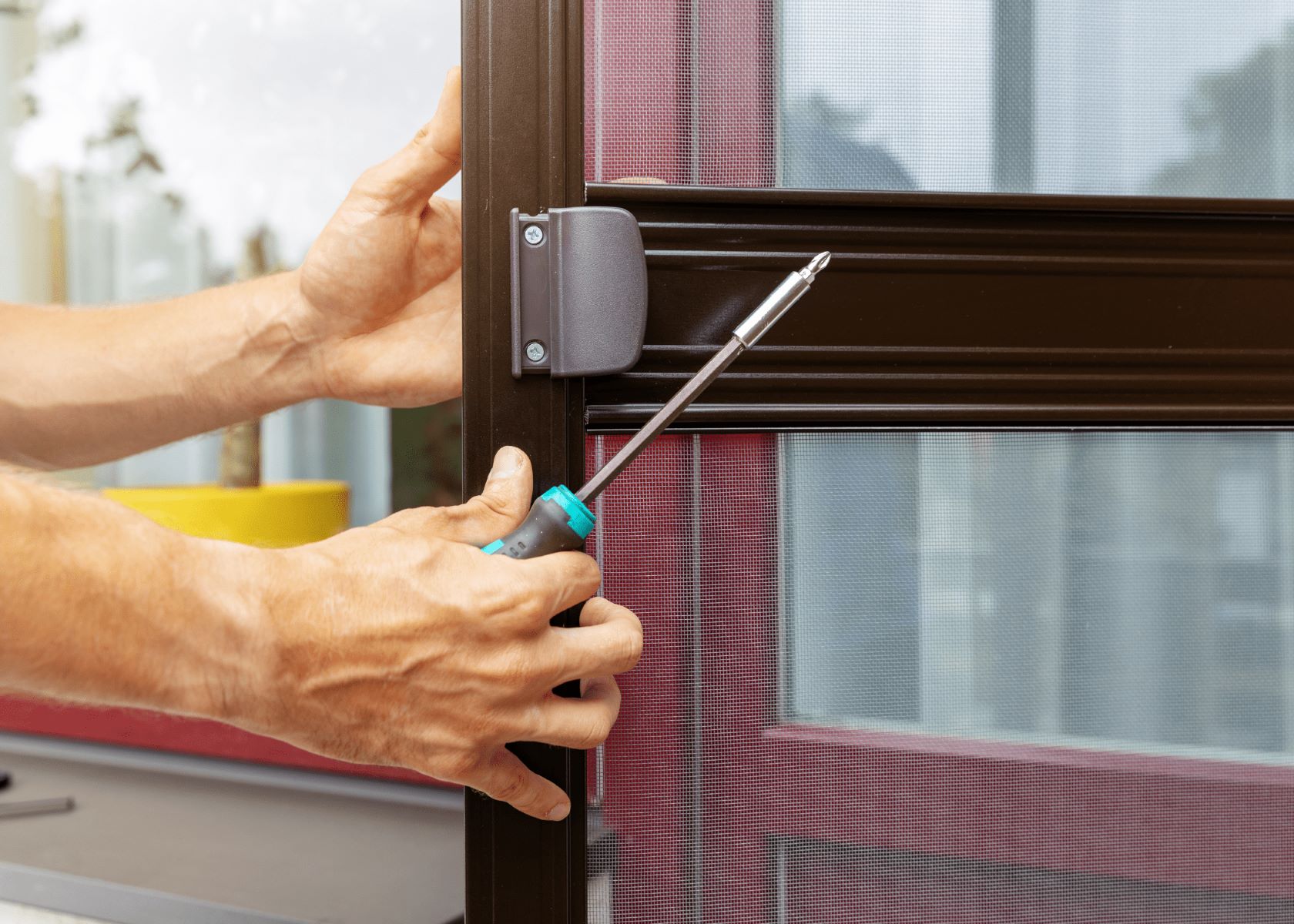
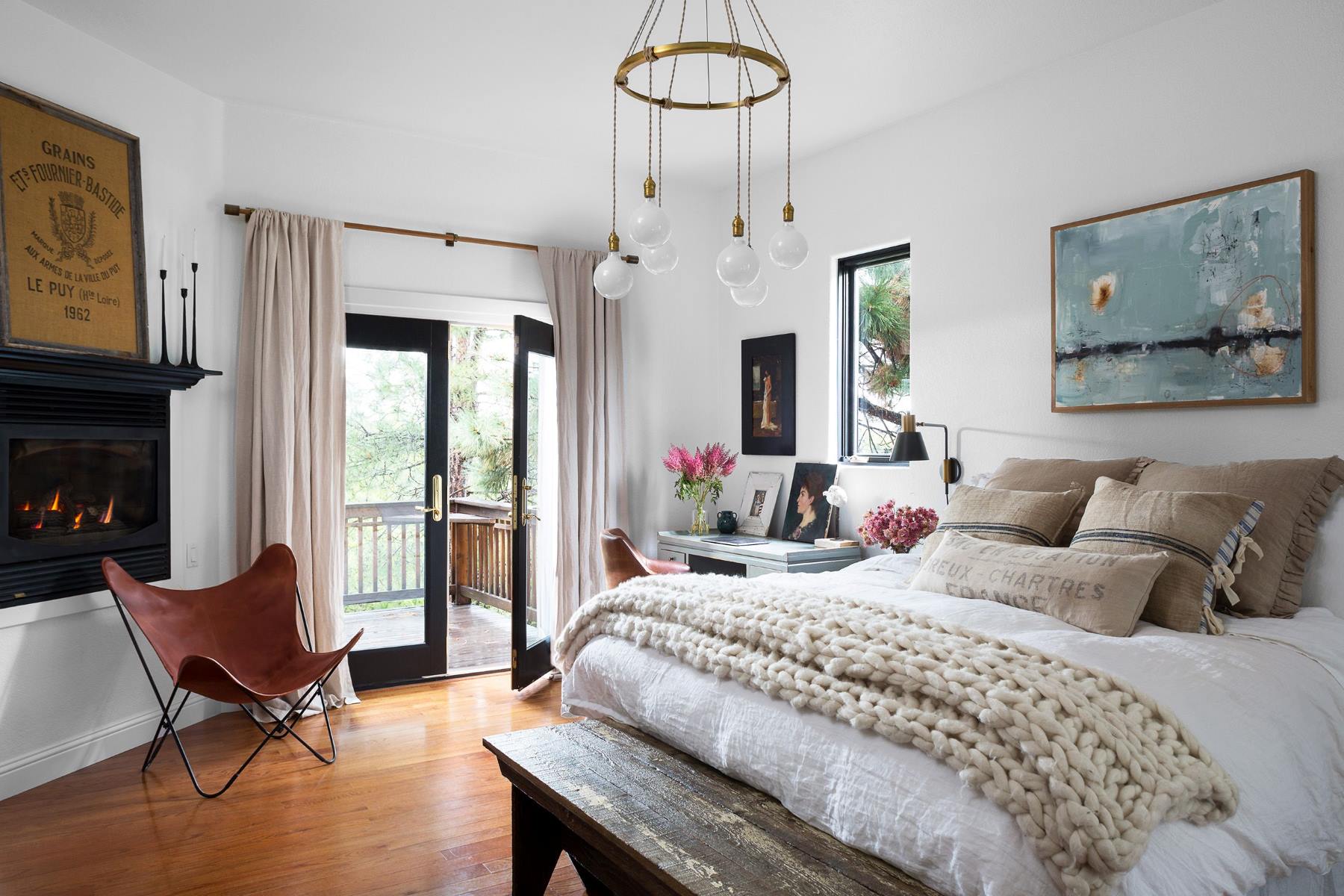
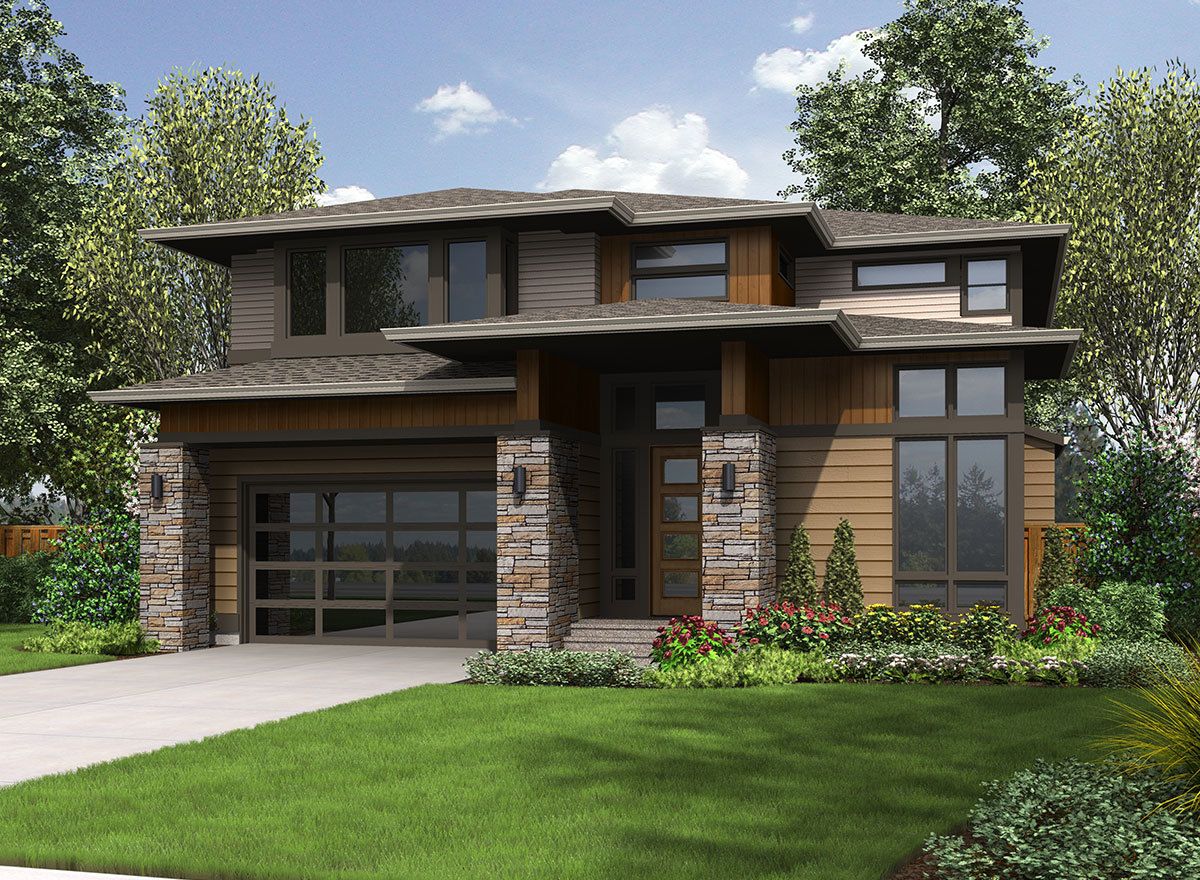
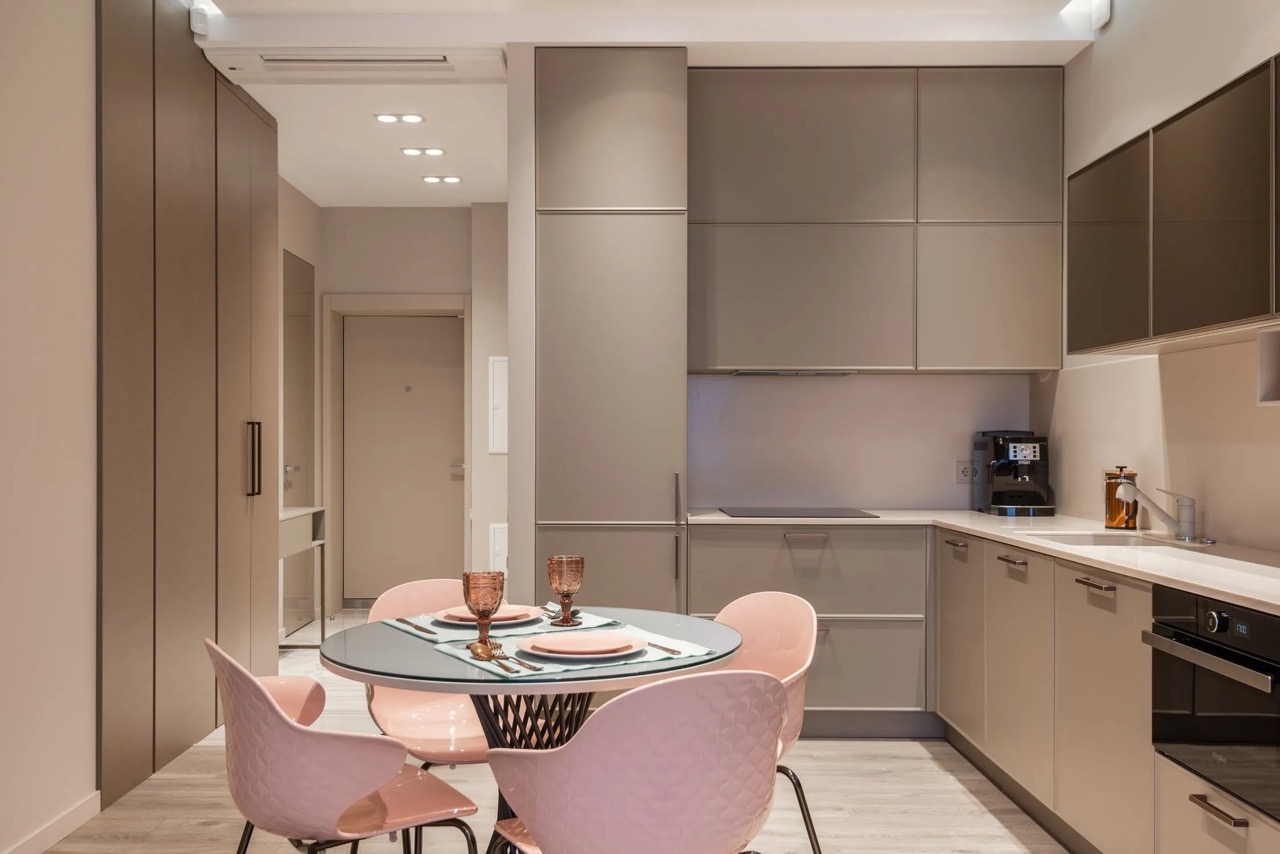
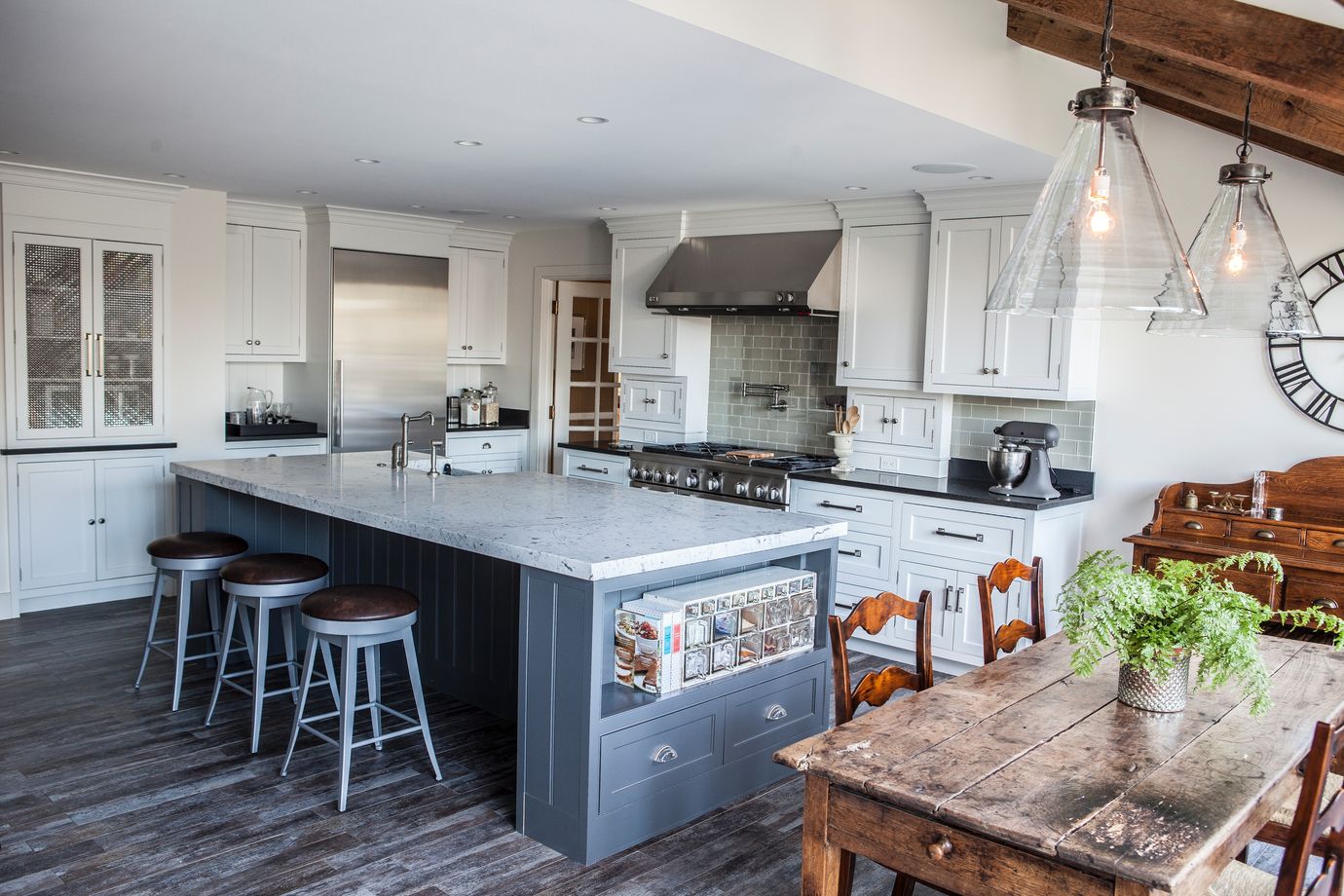

0 thoughts on “Your Guide To Styles And Types Of Doors”